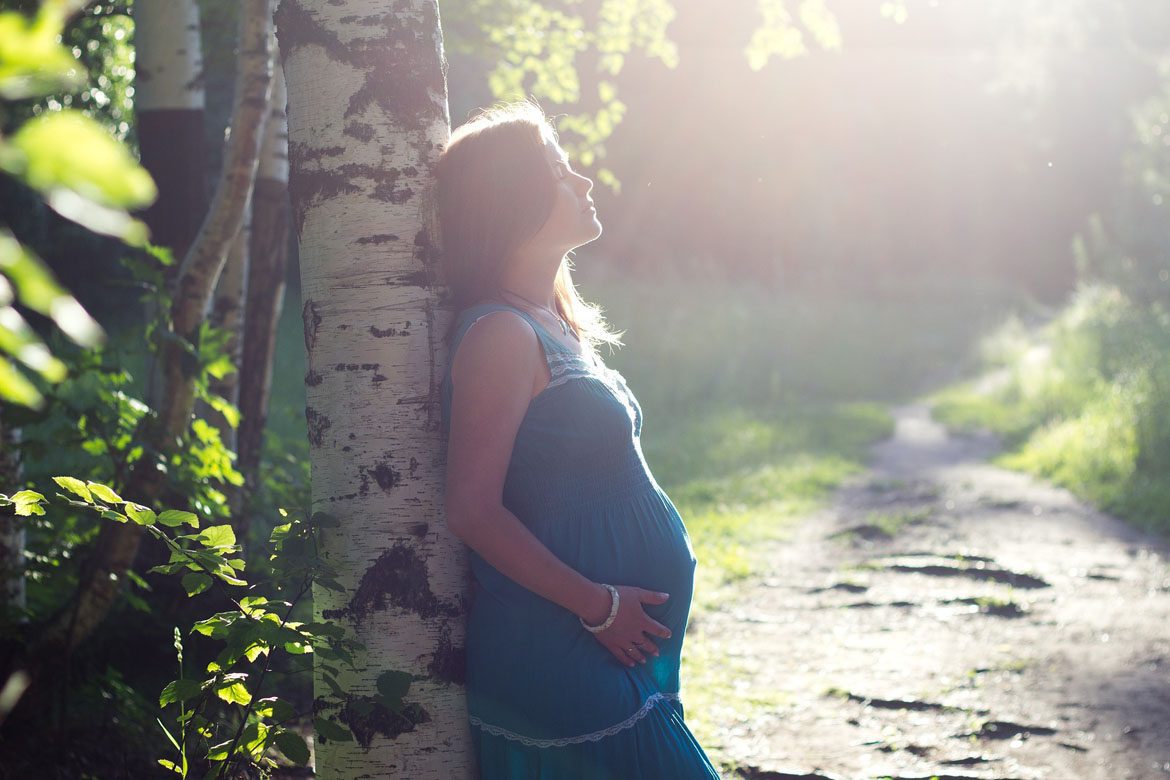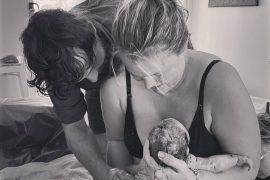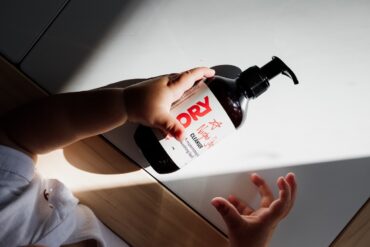By Hannah Schenker
Pregnant women make so many important decisions before their baby is born – and perhaps the biggest one is where to have their baby. At home or in a hospital? Having your baby at home has many benefits, and 3-5% of women with low risk pregnancies in New Zealand choose this. But the majority of women are choosing hospital births. Many first-time mothers feel they need to birth in a hospital ‘just in case something goes wrong’, or because their family or Lead Maternity Carer (LMC) want them to. However research has shown that choosing to birth in a Primary Birthing Facility instead, can lead to the natural birth they want and with better outcomes.
What is a Primary Birthing Facility?
Many places around the country have the option of a Primary Birthing Facility – a standalone birthing unit or even a community hospital maternity unit, run by midwives. Here you can be cared for by your midwife or Lead Maternity Carer (LMC), in a more comfortable and homely environment than a hospital. A birth centre falls halfway between a hospital and a homebirth – and is a great option for women who have had an uncomplicated or low risk pregnancy. You get round-the-clock support both during and after the birth, including with things like breastfeeding, and of course there is a team to help after your birth.
This is an ideal option for women who want an unmedicated, vaginal birth with little intervention – using things like birthing pools, swiss balls and birth seats through their labour. Women are supported to birth the way they want to, they are encouraged to move around and bring in whatever complementary therapies will work for them. There are no obstetricians, surgeons or epidurals to be found – for that a woman would need to be transferred to a hospital (which is an option if need be). Some facilities, like Birthcare, also allow you to transfer there after a hospital birth for your post-birth care.
Research into birth outcomes
A large study titled Birthplace in England has shown that women who choose to birth in such a facility have better birth outcomes. Between 2008 and 2010, nearly 65,000 low-risk women and their babies were studied in the UK. Researchers looked at how many women had a birth without medical intervention (a ‘normal birth’), and how many needed intervention like emergency caesarean, or forceps birth. They concluded that women were more likely to have a normal birth with fewer interventions either at home or in a midwife-led unit.
“A woman’s chances of an emergency caesarean surgery, for example, were approximately halved in first-time mothers planning to give birth in nonhospital settings, and even more substantially reduced for women having a second or subsequent baby.”
This study was then compared to women in New Zealand as the findings could not simply be generalised to all women everywhere. This observational study looked at the data of low-risk women birthing in New Zealand between 2006 and 2010. They found similar results here in New Zealand with a few differences, overall reinforcing the conclusion that women who birth at home or in a primary facility have better birth outcomes, less intervention and less transfers.
Another study in 2011, published in the journal Birth, compared the place of birth with intervention rates to determine whether your choice of birth location would affect birth outcome. Data from low-risk women giving birth in 2006 and 2007 was studied and again the results show that birthing in secondary and tertiary hospitals resulted in more interventions. The risk of having a c-section was 4.62 times higher in a tertiary hospital than in a primary facility. Newborns born in a secondary or tertiary hospital were also more likely to be admitted to neonatal intensive care than women who birthed in a primary facility.
A mother’s experience
We spoke to first-time mother Stanzi Ryan who chose to birth her first baby at Birthcare, who described her birth as a “beautiful experience”. She specifically chose Birthcare because she did not want a hospital birth, and thought that Birthcare would provide the more relaxing and calm experience that she desired. She was right.
“It was important to me to labour, and if possible birth, in the water,” she said, “And it was made sure by Birthcare and my midwife that a birthing suite with a pool was available. I was also able to choose the lighting in the room, and my birthing partner put on my downloaded music when we arrived.”
Another big part of Stanzi’s desire to birth at Birthcare, was that she wanted a drug-free birth. Both her midwife and Birthcare fully supported this, and her. She successfully birthed her first child without medical intervention, and found it to be a positive experience with amazing care. She stayed for three days after the birth, recovering and resourcing with the incredible support made available.
“We were given the option to keep our placenta after I gave birth, and not only was there support for me but Birthcare was also supportive and accommodating to my husband as well. Physio classes were available if we needed them as well as a lactation consultant. The support I received from the midwives at Birthcare was amazing. So much encouragement and advice on feeding, and I left feeling confident to go home after the nurturing myself and my baby had received over the three days at Birthcare.”











